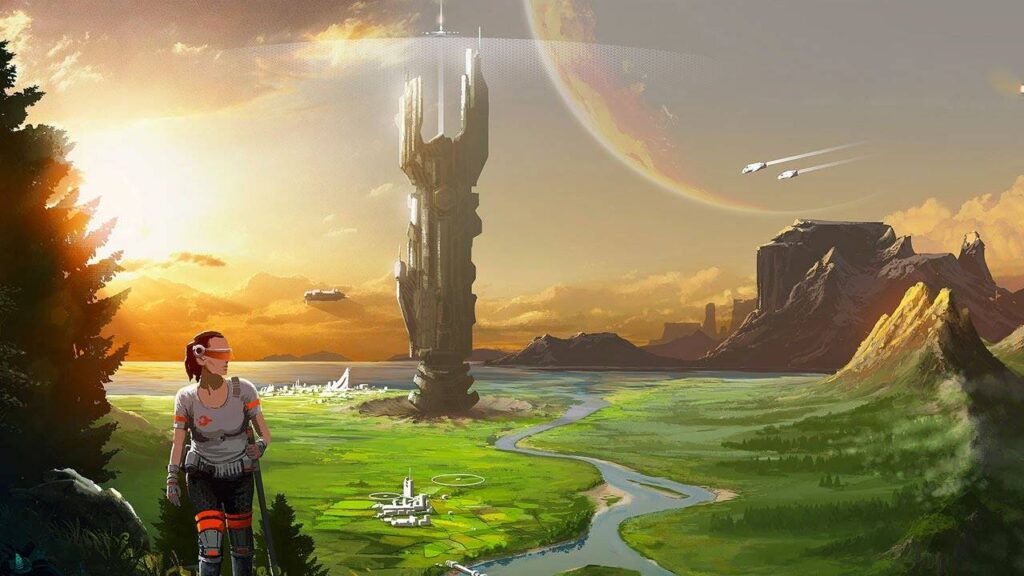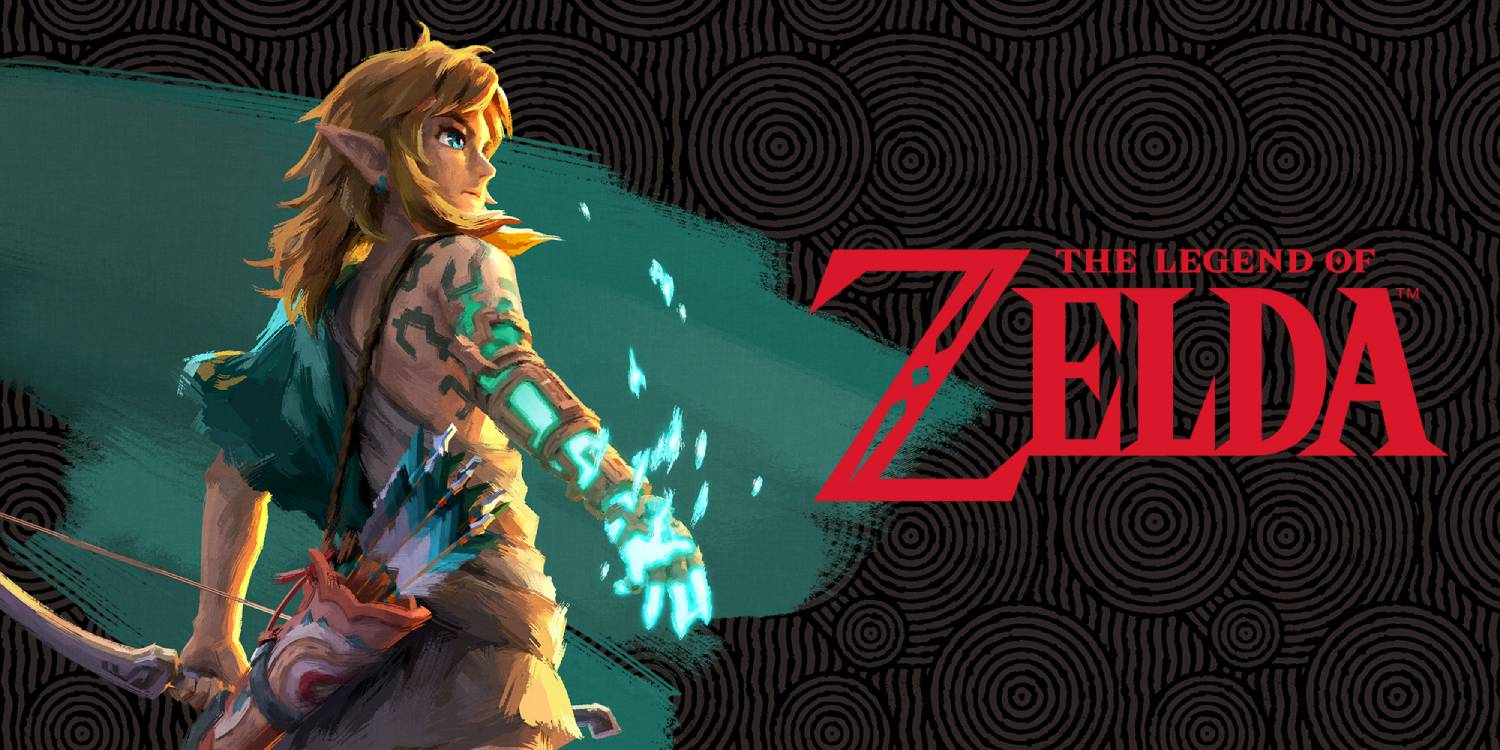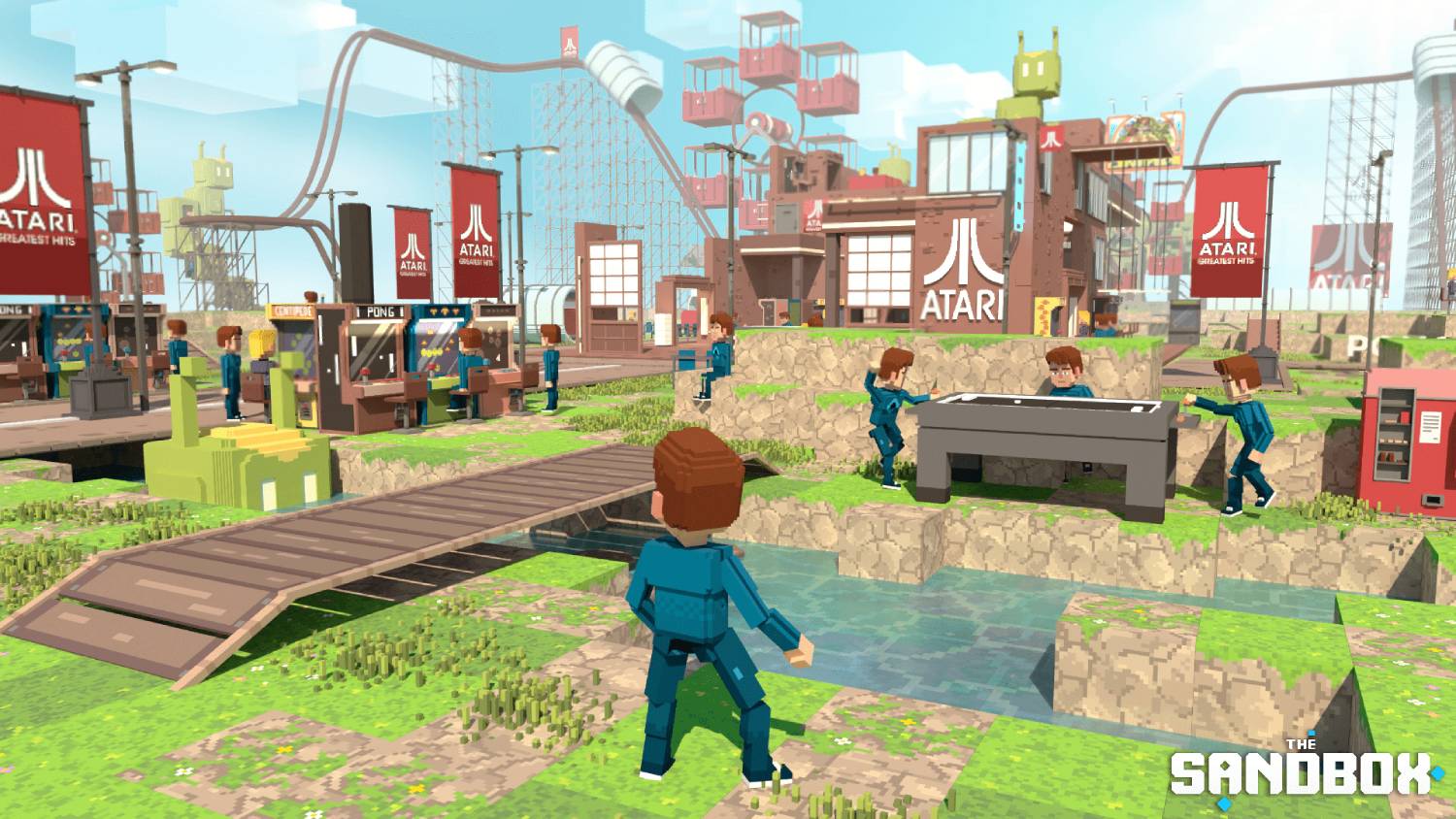The Gaming Blog

How Open-World Games Have Evolved Over the Years
Open-world games have always been a key part of gaming. Players can explore vast environments, choose their path, and dive into virtual worlds. The evolution of open-world games, from early titles to today’s top picks, is a fascinating journey. It’s all about innovation, technical skill, and creative ideas. In this article, we’ll explore the open-world gaming evolution, dive into some of the best open-world games that have defined the genre, and speculate on the future of sandbox games.
The Origins of Open-World Gaming

The concept of an open world in video games dates back to the early days of gaming, though it was not always the norm. The open-world genre started with early RPGs and arcade games. These games let players explore freely within set limits. However, it wasn’t until the late 1980s and early 1990s that open-world games began to take shape as a distinct genre.
Early Examples of Open-World Games
- The Legend of Zelda (1986): This game was one of the first to use open-world design. Players could explore a large map with few limits. It introduced the concept of freely exploring dungeons and towns at the player’s own pace.
- Elite (1984): This groundbreaking space trading game lets players explore a vast universe with over 200 planets. It set the stage for open-world gameplay in science fiction.
- Grand Theft Auto (1997): GTA wasn’t the first open-world game, but it changed the genre. It offered players a free urban sandbox. They could explore the city, take on missions, or just create chaos.
These early games set the stage for a key part of gaming. However, the technology back then limited the size and depth of these virtual worlds.
The Rise of 3D and the Explosion of the Genre
The late 1990s and early 2000s changed open-world games. This was due to new 3D graphics and stronger gaming hardware. This new era let developers build bigger, richer worlds for players to explore freely and deeply.
Key Milestones in the Evolution of Open-World Games
- The Elder Scrolls III: Morrowind (2002): Morrowind changed RPG open-world design. It featured a huge, explorable world full of lore, side quests, and lively NPCs. Its rich world-building set a new standard for RPGs.
- Grand Theft Auto III (2001): The first fully 3D game in the GTA series, GTA III changed open-world gaming with its large, interactive city. The game allowed players to drive cars, commit crimes, and explore a vast, living city in real-time.
- Red Dead Redemption (2010): This game mixed an open world with engaging storytelling. It gave players a rich Wild West experience. There’s dynamic weather, a lively ecosystem, and a story that’s morally complex.
These titles expanded open-world design. They offered complex, interactive environments. Non-playable characters made the world feel alive. Also, changing weather patterns added depth. Real-world mechanics, like day-night cycles, enhanced the experience.
The Modern Age: Open-World Games Reach New Heights
Open-world games have grown a lot in recent years. This is due to stronger consoles and digital distribution. Now, developers can offer huge worlds to players more easily than ever before. Now, open-world games are not only bigger but more detailed, more interactive, and more diverse than ever before.
Defining Features of Modern Open-World Games
- Immersive Environments: Today’s open-world games create living, breathing environments that react dynamically to player actions. Games like The Witcher 3 and Horizon Zero Dawn have living ecosystems. Wildlife and NPCs stick to their own schedules. Player actions can also change the world for a long time.
- Narrative Integration: Modern open-world titles place a much stronger emphasis on story, integrating main quests and side activities seamlessly into the world. Quests are often personal and meaningful. They feature rich character development and player choices that shape the game’s outcome.
- Dynamic Systems: Games now feature interconnected systems that work together to create an immersive experience. For example, The Legend of Zelda: Breath of the Wild uses weather, physics, and survival mechanics. This creates a dynamic sandbox where players can experiment with the world in fun ways.
- Next-Gen Graphics and Technology: With the power of next-gen consoles like the PlayStation 5 and Xbox Series X, open-world games have reached new levels of graphical fidelity. Games like Cyberpunk 2077 and Assassin’s Creed Valhalla have detailed, lifelike worlds. These environments boost immersion and give players a stunning visual experience.
These advancements have paved the way for a new generation of open-world games. They are now more realistic, engaging, and varied than ever.
Examples of Best Open-World Games Today
- The Witcher 3: Wild Hunt (2015) is seen as one of the best open-world games. It presents a huge, magical world with deep lore, varied landscapes, and choices that affect how the game ends.
- Breath of the Wild (2017): A game that redefined the open-world genre, Breath of the Wild prioritises freedom and exploration. Its vast world invites players to explore the environment, find secrets, and face challenges at their own speed.
- Red Dead Redemption 2 (2018): This game is a masterpiece in storytelling and world-building. It offers a stunning, living world that immerses players in the wild beauty and lawlessness of the American frontier.
The Future of Sandbox Games: What Lies Ahead?

As we look toward the future of open-world games, the genre is expected to continue evolving in several exciting ways. Technology, player preferences, and the changing gaming landscape will shape the genre’s future. Here are a few trends that could shape the future of sandbox games:
1. Procedural Generation
One of the most promising developments in open-world games is procedural generation. This technology allows developers to create massive, unique worlds with minimal manual effort. Games such as No Man’s Sky and Minecraft use procedural generation. This helps them create large, always-changing worlds. In the future, we can look forward to richer, larger worlds made with procedural methods. These will offer endless chances for exploration.
2. AI-Driven Worlds
Artificial intelligence will play a significant role in the evolution of open-world games. In the future, AI could be used to create more realistic NPCs that react to player choices in real-time, generating truly dynamic narratives. AI-driven ecosystems can create realistic wildlife behaviours and environmental changes. This makes the world feel more alive.
3. Immersive Virtual Reality (VR) and Augmented Reality (AR)
While still in its early stages, VR and AR technologies could drastically alter the way we experience open-world games. Picture strolling in a fully immersive virtual world or seeing interactive elements pop up in your real surroundings. Open-world games may soon let us play in exciting new ways. They promise fully immersive experiences that mix the virtual and physical worlds.
4. Deeper Narrative Integration
As technology improves, developers can craft richer and more emotional stories in open worlds. Main quests and side content will blend together. This change will create personalised stories that respond to player choices and actions in meaningful ways.
The Open-World Revolution
The open-world gaming evolution has been a long and fascinating journey, and it’s clear that the genre continues to thrive and expand. Open-world games have come a long way. Early pioneers like Elite and The Legend of Zelda set the stage. Now, modern hits like The Witcher 3 and Red Dead Redemption 2 offer even more. These games provide players with freedom, exploration, and deep immersion.
As we look toward the future, the best open-world games are only going to get better, incorporating new technologies and pushing the boundaries of what we can expect from interactive entertainment. The future of sandbox games holds incredible potential, with advancements in AI, procedural generation, and VR offering thrilling new possibilities for players to explore. Whether you’re a long-time fan or new to the genre, now is a great time to explore the rich worlds of open-world games.









